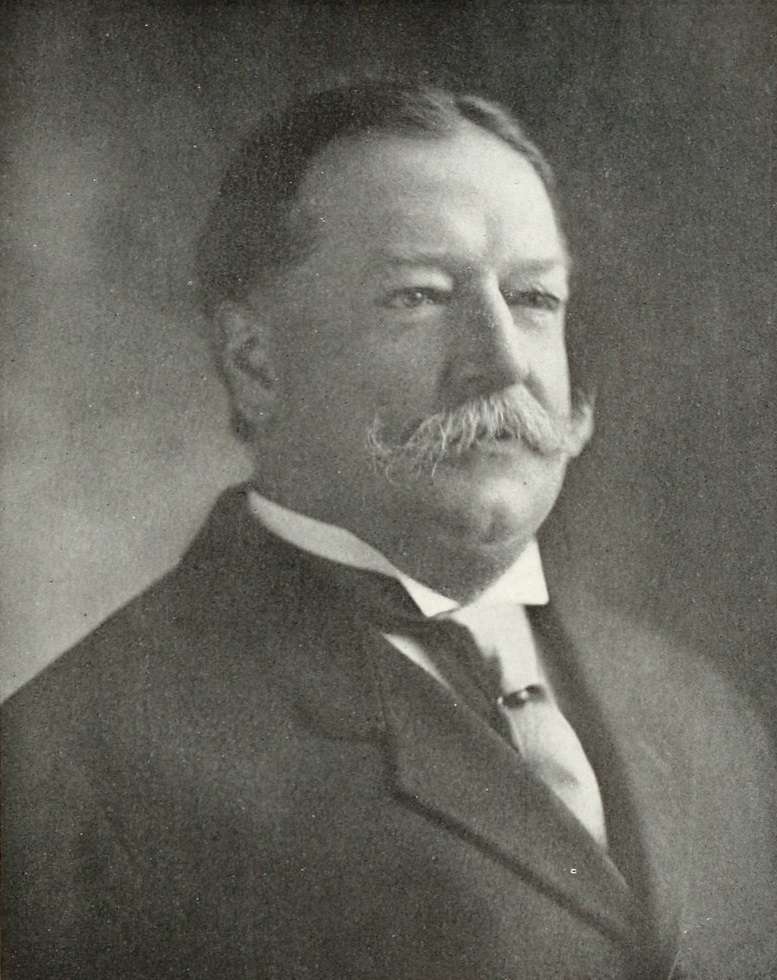SMALL SPACE GARDENING: Elevate your garden’s beauty with jewel-tone plants

Blue by You salvia has rich blue blossoms from late spring into fall, attracting butterflies and hummingbirds. (photo courtesy
of All-America Selections)
 by Melinda Myers
by Melinda Myers
Bring the beauty of your favorite gemstones into the garden and your outdoor living space with the help of jewel-toned plants. Even a pot of these beauties placed on the balcony can provide bold color, vibrancy, and lushness to any space.
Select plants with leaves, flowers, or both in the saturated colors of gemstones like rubies, amethyst, topaz, sapphire, and turquoise. Select plants with colors that complement your home and landscape and will thrive in the growing conditions in your gardening space.
Look for opportunities to include these rich colors throughout the growing season. Jewel-toned pansies, ornamental cabbage and kale, and calendula are a few plants that thrive in cooler weather, providing welcome color before other plants appear or have faded in the summer heat.
As temperatures rise, include rich yellows and oranges of Rudbeckias and sunflowers. Add a showy and exotic look to the garden with Crocosmia. Plant Lucifer for bright red flowers, Prince of Orange for its red-orange blooms, and George Davidson for an added touch of yellow. Check out the many colorful varieties of dahlias and gladiolus that grow well in the garden and containers and make great additions to your garden bouquets. Canna’s bold and colorful foliage is impressive all season long and is sure to command attention when topped with flowers.
Add colorful zinnias for season-long color. You can start them from seed right in the garden or buy transplants for earlier bloom. Look for disease-resistant varieties and those with bold colors like Benary’s giant deep red, Profusion red, and Double Zahara Fire’s orange-red blooms. These sunny loving annuals are also heat and drought-tolerant, making them perfect for low-maintenance gardens.
Plant some tall Mexican sunflowers in the back of the garden. Consider Fiesta Del Sol, a more compact variety, if you want something shorter and more compact. No matter which you grow, you and the pollinators will enjoy the orange blooms.
Keep the color going with summer to fall blooming Helenium which is hardy in zones three to eight. Hot Lava is topped with fire engine red flowers while Butterpat has vibrant yellow blossoms.
Coral bells come in a wide variety of leaf colors, making it easy to include jewel tones all season long. Many shade-tolerant hostas have deep green foliage that provides the perfect backdrop for other flowers.
Combining complementary colors that appear opposite of each other on the artist’s color wheel creates an eye-catching display. Dark colors can easily disappear in the background or shade. Teaming them with a complementary colored plant or light background can help them pop. A combination of purple-leaved bugbane and the fine chartreuse foliage of Hakone grass, for example, allows both plants to shine while creating a splendid display.
Make sure the plants you combine are equally bold, so each adds to the overall design. Mix in some green foliage to provide a bit of color relief. Too much of a good thing, including vibrant colors, can overpower the landscape and create a somewhat chaotic feel.
Make notes on the plants and combinations you want to repeat next year. Note those that didn’t perform to your expectations and don’t need to be repeated. If you decide to expand upon this theme, be sure to add some jewel-toned, spring-flowering bulbs like tulips and hyacinths to the landscape this fall.
Melinda Myers has written more than 20 gardening books, including the recently released Midwest Gardener’s Handbook, 2nd Edition and Small Space Gardening. She hosts The Great Courses “How to Grow Anything” instant video and DVD series and the nationally syndicated Melinda’s Garden Moment TV & radio program. Myers is a columnist and contributing editor for Birds & Blooms magazine and her website is www.MelindaMyers.com.




 You might think that seasonal allergies are just a spring thing. Not true. Autumn brings pollen from the ragweed plant to many parts of the U.S. And if you’re allergic to it, you may find yourself dealing with watery eyes, a runny or stuffy nose and an itchy throat.
You might think that seasonal allergies are just a spring thing. Not true. Autumn brings pollen from the ragweed plant to many parts of the U.S. And if you’re allergic to it, you may find yourself dealing with watery eyes, a runny or stuffy nose and an itchy throat.








